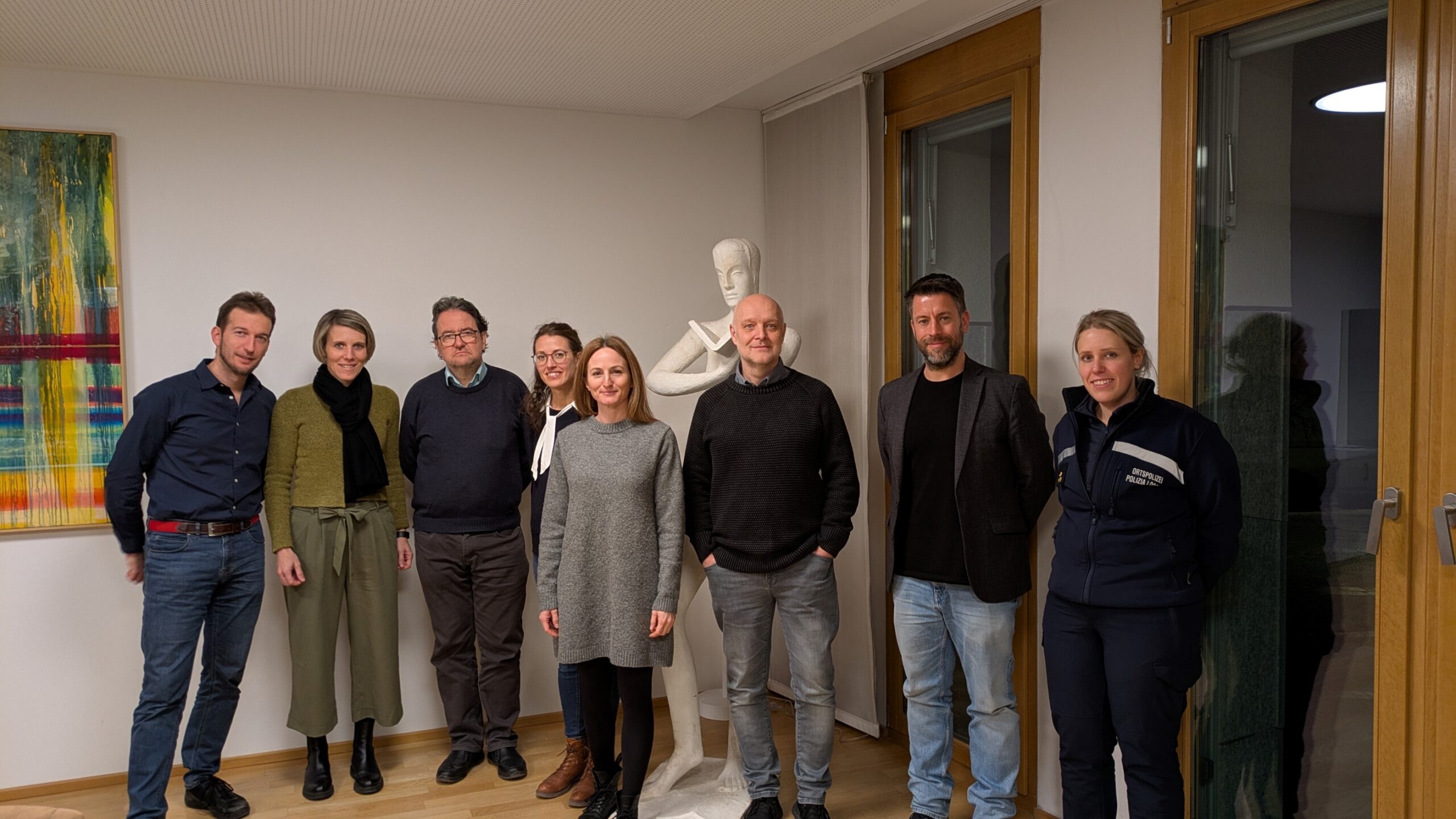The municipalities of Sand in Taufers and Bruneck, both follower cities in the NXTLVL Parking project, have also completed their ParkPAD Audits in January 2025. Through extensive discussions with stakeholders, key parking and mobility challenges were identified, along with priority areas for action.
The discussions in Sand in Taufers exposed the following challenges:
- The underground car parks are rarely used, and people prefer to look for parking spaces above ground, even though the first 3 hours in the car park are free. This results in considerable (and unnecessary) traffic searching for parking spaces in the town center.
- The biggest problem is parking around the waterfalls in the Nature Park. The approx. 80 parking spaces are constantly full in the high season and there is also ‘wild’ parking along the access road. This causes problems, especially for local and agricultural traffic, to be able to use the road due to the narrowing of the cross-section caused by the illegally parked cars.
- The new car park close to the school, including the shuttle service to the waterfalls, has not worked. Although the car park is used by commuters, it does not solve the parking problem at the waterfalls.
- The new car park close to the school, including the shuttle service to the waterfalls, has not worked. Although the car park is used by commuters, it does not solve the parking problem at the waterfalls.
- Parking problems at Taufers Castle (the country’s N°4 attraction): Visitors drive up to the car park on the upper castle grounds, which causes problems on the narrow access road to the castle.
- Idea: connecting the waterfall and the castle via an attractive footpath, including an information and guidance system, so that tourists can also walk through the town center and contribute to value creation there.
- Existing areas around the fire station and sportsgrounds could be developed as a car park for visitors to the waterfalls and the existing car parks directly in the Nature Park could be reduced.
The following priorities for action were identified:
- Parking in the waterfall / nature park area
- Parking situation in the town center: on-street parking search traffic
- Parking around Taufers Castle
Bruneck has a very new SUMP that is currently being implemented. The town is still very car-oriented and characterized by car traffic. The short distances in the town are well suited to walking. Underground car parks will be further increased in the near and medium term.
The discussions in Bruneck exposed the following challenges:
- Short-stay parking zones are to be increasingly used for efficient parking space management.
- One strategy is to reduce surface car parks and compensate for this with underground parking facilities.
- The planned “Schlosswiese” car park is not proving to be the ideal solution.
- There is an obvious lack of parking spaces around the music school. The entrance and exit to the music school also has some problems, especially for pedestrians, due to the narrowness of the street.
- There are (as yet) no short-stay car parks for ‘pick-ups’.
- Little attention has been paid to bicycle parking spaces in the SUMP. These should be implemented as soon as possible.
- Bicycle parking spaces should be chosen and realized in a way that is gentle on bicycles and safe, protected from the weather and sophisticated in terms of design.
The following priorities for action were identified:
- Bicycle parking in the city center
- Solutions to the problem of parking around the music school
The discussions in both municipalities were highly engaged, with participants motivated to find effective solutions. While Bruneck’s SUMP provides a framework for integrating these measures, Sand in Taufers is set to begin developing its own mobility plan in the summer of 2025, ensuring that the findings from the ParkPAD Audit will contribute to long-term improvements in sustainable mobility.
